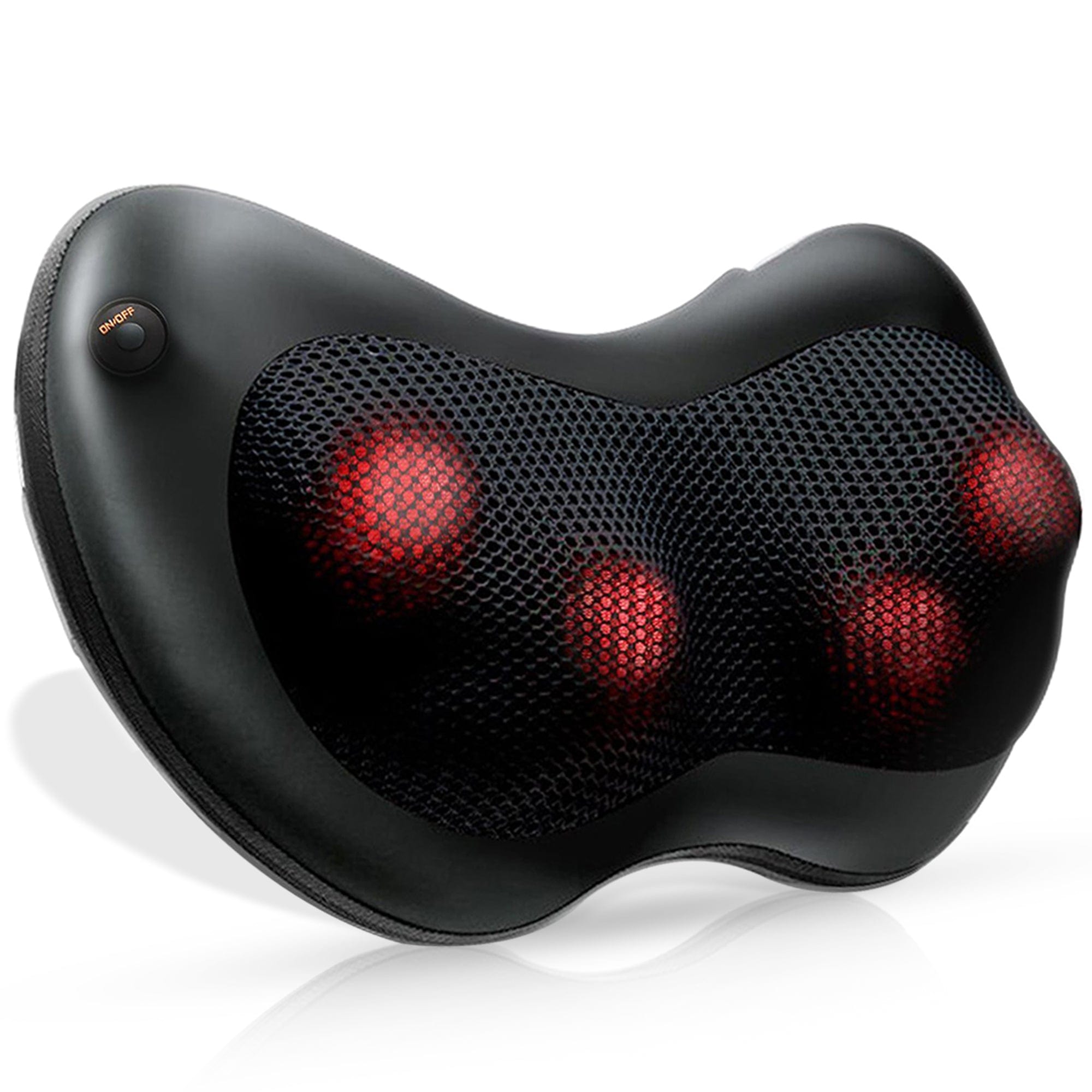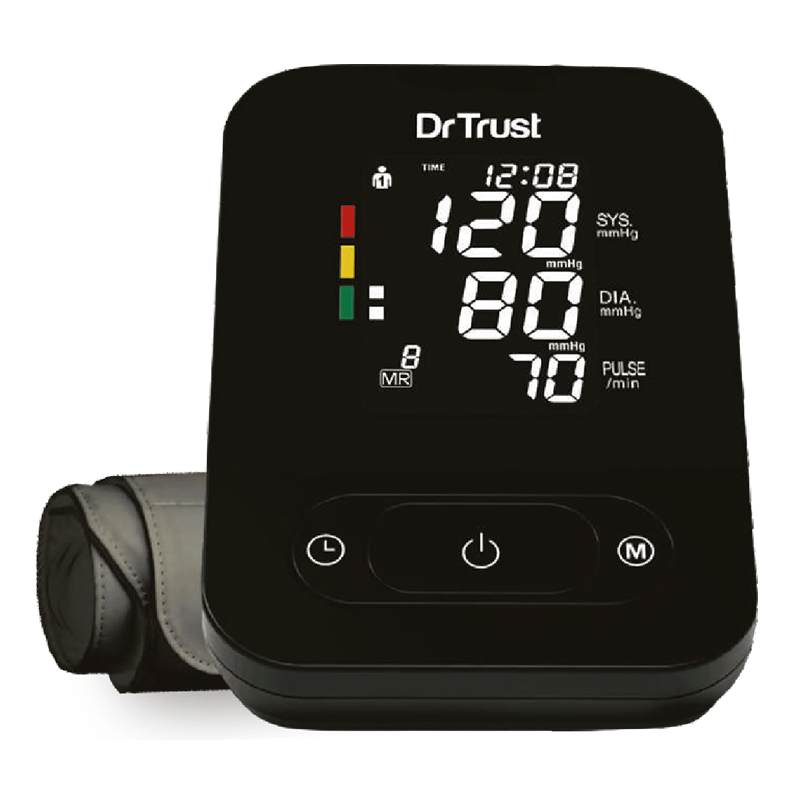Suhani Bhatnagar, known for portraying the childhood role of Babita Kumari Phogat in Aamir Khan's movie "Dangal," passed away on February 16th in Delhi. She was only 19 years old. It was revealed that Suhani had developed swelling in her hands about two months prior. Initially considered normal, the swelling later spread to her other hand and throughout her body. Despite consulting doctors, the exact cause of her illness remained unknown, leading to her admission to AIIMS.
After investigation, it was discovered that Suhani was suffering from dermatomyositis, a rare autoimmune disease with no specific treatment and cure. However the only treatment for this condition is steroids. However, when Suhani was administered steroids, her immunity weakened over time. Due to her compromised immune system, she contracted an infection while hospitalized, leading to the weakening of her lungs and accumulation of fluid. Breathing became difficult, ultimately resulting in her untimely demise.
Takeaways:
What is Dermatomyositis? Symptoms and treatment.
Symptoms include muscle weakness and a distinctive skin rash.
Treatment options and role of physical therapy in managing dermatomyositis.
Is it the same as myositis?
Lifestyle changes can also help manage the condition.
What Is Dermatomyositis?
Dermatomyositis is a rare autoimmune disease characterized by inflammation of the skin and underlying muscle tissue. Basically, it makes your muscles weak and gives you a groovy rash on your skin, especially on your face, neck, arm, chest, and limbs.
It is considered rare because it affects only a small percentage of the population, with an estimated incidence of 5 to 10 cases per million people every year.
5 Symptoms Of Dermatomyositis
Muscle Weakness:
Muscle weakness obserbed particularly in the proximal muscles of the arms and legs. This weakness can affect everyday activities such as climbing stairs, lifting objects, or getting up from a seated position.
Skin Rash:
A distinctive skin rash often starts as reddish or purplish patches on the face, neck, shoulders, chest, back, and limbs. The rash may spread across larger areas of the body and is typically accompanied by swelling.
Difficulty Swallowing:
Dermatomyositis can also affect the muscles involved in swallowing, leading to dysphagia or difficulty swallowing food and liquids. This symptom may lead to choking, coughing while eating, or a sensation of food getting stuck in the throat.
Chronic Fatigue:
Despite adequate rest, patients may experience persistent fatigue and lack of energy, which can significantly impact daily functioning and quality of life.
Joint Pain and Stiffness:
Some individuals with dermatomyositis may experience joint pain and stiffness, particularly in the wrists, fingers, elbows, knees, and ankles. Joint symptoms can vary in severity and may worsen with movement or prolonged periods of inactivity.
Diagnosis
So, when it comes to diagnosing dermatomyositis, doctors usually start by checking out the patient’s medical history and doing a physical observing signs like muscle weakness or skin changes. They might also run blood tests to check for certain antibodies and markers that are often elevated in people with dermatomyositis.
Treatment
For treatment, it usually involves a combo of medications and therapies to help manage symptoms and reduce inflammation. This might include stuff like corticosteroids to help calm down the immune system, immunosuppressants to tap down on the inflammation, and physical therapy to help keep your muscles strong and mobile.
Exercises
Does exercise help dermatomyositis? Exercises can also be tailored to your specific needs, focusing on strengthening and stretching muscles to improve mobility and function. These exercises may include:
Strength Training: Targeted exercises to strengthen weakened muscles, which can help improve overall muscle function and reduce fatigue.
Stretching: Gentle stretching exercises to improve flexibility and range of motion, which can alleviate stiffness and prevent muscle contractures.
Aerobic Exercise: Low-impact aerobics like walking, swimming, or cycling can help improve cardiovascular fitness without putting too much strain on affected muscles.
Postural Training: Techniques to improve posture and body mechanics, which can reduce strain on muscles and joints during daily activities.
Functional Training: Specific exercises to improve functional movements needed for daily tasks, such as getting up from a chair or climbing stairs.
Manual Therapy: Hands-on techniques like massage or manual stretching to alleviate muscle tension and improve blood flow to affected areas.
Assistive Devices: Recommendations for assistive devices like braces, splints, or mobility aids to support weakened muscles and improve mobility.
Doctors also recommend lifestyle changes like protecting your skin from the sun, eating a healthy diet, and getting regular exercise to help manage the condition. It's all about finding what works best for you and your specific situation! It's important to work closely with a physical therapist to develop a personalized treatment plan that addresses your unique needs and goals.
FAQ
Is dermatomyositis the same as Polymyositis?
Dermatomyositis and polymyositis are two types of myositis that affect the muscles. While they share similarities in terms of muscle inflammation, they have distinct characteristics. Dermatomyositis is characterized by muscle inflammation along with a distinctive skin rash, which often appears on the face, neck, arms, chest, and limbs. On the other hand, polymyositis presents with muscle inflammation but without the accompanying skin rash. The distinction between these two types of myositis is crucial for accurate diagnosis and appropriate treatment.
Recently, actress Samantha Ruth Prabhu also revealed her diagnosis of myositis. She took break from her acting career in order to prioritize her health and undergo treatment. Click here to learn more about this condition and the lifestyle individuals can follow to manage this condition.
Bottom Line
The tragic loss of Suhani Bhatnagar sheds light on the rare autoimmune disease dermatomyositis, which affects a small percentage of the population. Despite its rarity, dermatomyositis can have devastating consequences, including muscle weakness, skin rash, difficulty swallowing, chronic fatigue, and joint pain and stiffness. While there is no specific cure for dermatomyositis, treatment options such as medications, physical therapy, and lifestyle changes can help manage the symptoms and improve quality of life. It's important to be aware about this condition and seek medical attention promptly if experiencing any related symptoms.














